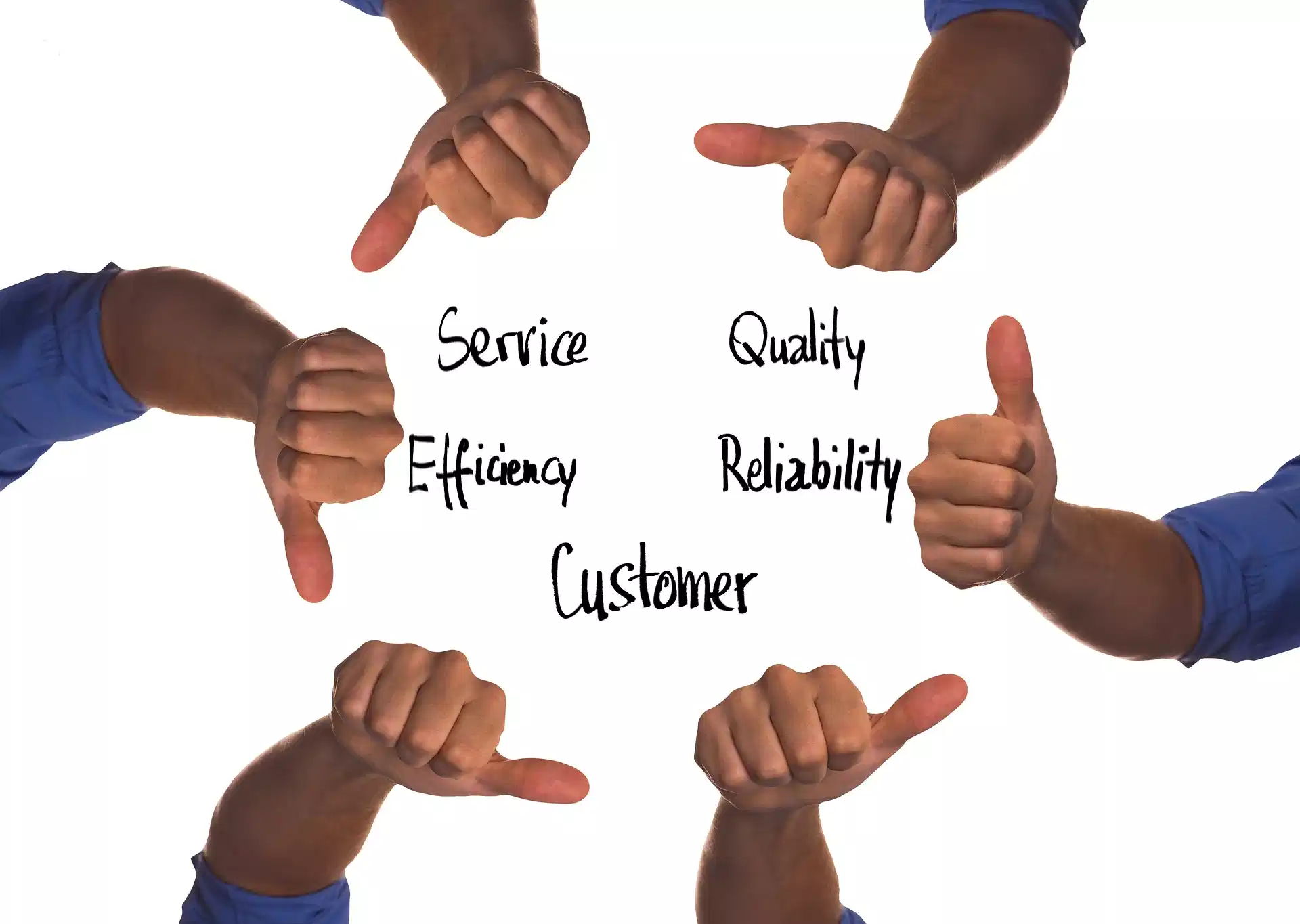Value-based Reimbursement Models: What, Who, and How
In an age where healthcare delivery is experiencing seismic shifts, it's not just the patients who are feeling the impact. The backbone of healthcare, the medical practices, is also pivoting to adapt to new norms in the business of saving lives. Value-based reimbursement models are at the forefront of this transformation, promising a more patient-centric, efficient, and, ideally, more profitable future for medical facilities. But what exactly are these models, who stands to gain, and — most importantly for the providers — how can they be navigated to ensure success? Let's delve into the nuances of value-based reimbursement models and uncover the path forward for medical practices.


Understanding Value-based Reimbursement Models
The paradigm of value-based care (VBC) is a strategic reorientation of healthcare stakeholders toward the improvement of patient care. This is achieved by shifting the focus from the volume of services provided (as in the traditional fee-for-service model) to the qualitative and cost-effective outcomes of those services. These models aim to align financial incentives with patient outcomes to promote better health outcomes and reduce the overall cost of care.
Moving Away from Fee-for-Service
Healthcare is costly, both for the ones seeking the medical aid and the system providing it. Traditionally, the fee-for-service system paid providers based on the number and complexity of services rendered, often leading to over-utilization of services. This method, while straightforward for billing, did not directly tie payment to the quality of care or patient outcomes
Value-based reimbursement represents a significant departure from this approach. It intertwines the blooming healthcare technologies and data analytics to track and reward value-centric care. It propels whole industries into the future, healthcare analytics platforms, predictive models, and patient management systems' innovations all directing toward a singular goal — quantifying value.
Key Components and Principles
At the core of a value-based reimbursement (VBR) model lies a triad of quality, cost, and patient satisfaction. Programs like Accountable Care Organizations (ACOs) and bundled payments are examples of this new paradigm in action. The aim is to reduce healthcare costs, improve the patient experience, and enhance the general health of the population.
Quality of care is typically measured using metrics such as patient outcomes, preventive care, and patient safety. Cost is evaluated not simply as the price of service but as the total expense of care, including long-term patient costs and sustainability. Finally, patient satisfaction is weighed in for a more holistic indicator of the care delivery process.

Benefits for Providers
The new model is not just about the promise of a better healthcare system; it comes with tangible benefits for the ones at the frontline — healthcare providers.
Improved Patient Outcomes and Quality of Care

By aligning the financial incentives with patient outcomes, VBR encourages proactive and preventive care that can lead to better health for the individual and the population. When physicians are reimbursed based on the success of the entire care episode, rather than individual services, they have a stake in ensuring the most effective path to wellness is pursued.
Financial Incentives and Rewards
Though a transition as seismic as from fee-for-service models to value-based care doesn't come without its growing pains, it can yield sustainable financial benefits for medical practices. Performance-based incentives, shared savings, and — for some providers — reduced administrative burden can result in increased revenue streams and lower operational costs.
Enhanced Collaboration and Coordination
Closing the care loop often requires the seamless integration of various healthcare providers and organizations, a feat traditionally challenging under the fee-for-service system. VBR fosters this coordination, enhancing the overall efficacy of the healthcare ecosystem.

Challenges and Considerations
While the concept and intentions of VBR are robust and well-intentioned, they're not without their complexities and hurdles.
Transitioning from Traditional Models
One of the most apparent challenges is the significant shift required by healthcare providers to move from models ingrained in the system for generations to new, unfamiliar structures. This includes re-educating staff, implementing new processes, and often, initial financial investments.
Data Demands and Reporting
For value to be measured, data must be collected. The requirement to report on quality and cost metrics under VBR is substantial and sometimes burdensome. Medical practices need robust data systems and resources to extract, manage, and report on these metrics effectively.
Financial Risks and Uncertainties
Moving to a payment model based on outcomes instead of services rendered also involves risks. For providers, there’s the gamble of not meeting the predetermined metrics and thereby losing out on anticipated revenues.

Implications for Medical Practices
So, what's a medical practice to do in the face of such reform? Turn the challenge of change into an opportunity. Here are several strategies for navigating the shift to value-based care:
Data is Your Lifeblood
Comprehensive and accurate data is foundational for succeeding in VBR models. Invest in data management systems, analytics tools, and — importantly — staff education to interpret and act on this data.
Embrace Interoperability
A seamless flow of information across the healthcare continuum is essential. Invest in health information technology systems that can communicate across the provider spectrum to facilitate better coordination of care.
Engage Your Patients
In a value-based world, patient engagement is non-negotiable. Encouraging patients to participate in their own care and lifestyle management can drastically improve outcomes and satisfaction.
Foster a Culture of Continuous Improvement
Adopt an organizational culture that is focused on constant quality enhancement. Regularly review and analyze performance data to identify areas for improvement and innovation.

Partnership is Power

Collaborate with other providers and community resources. Collective action through initiatives like ACOs can magnify the ability to manage patient populations effectively and achieve shared savings.
While the transition to value-based reimbursement models is undeniably complex and at times daunting, the potential benefits are equally undeniable. By prioritizing patient outcomes and fostering a more collaborative and efficient healthcare ecosystem, medical practices can not only survive this shift but thrive in it. It's time for providers to lead the charge in reshaping healthcare economics.
So, the call to action is clear: embrace the change and prepare to redefine healthcare delivery. The journey may be long, but the rewards — for both providers and patients — are well worth the effort.










Contact Shoreline Medical Billing today!